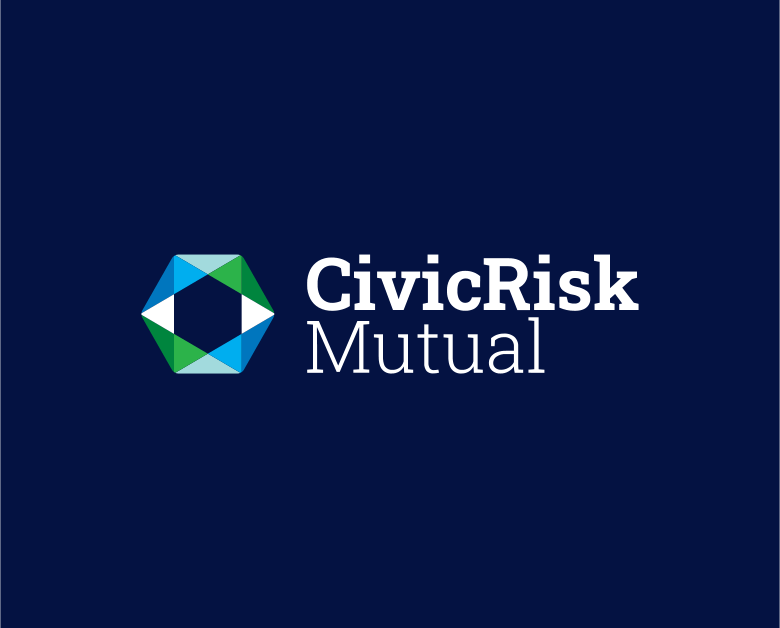Councils operate in a complex environment where risk is inherent in daily business. Between managing public assets and natural disaster response, the need for viable, responsive risk protection is essential.
But when it comes to protecting your council, not all insurance models deliver the same results. While traditional insurance has been a popular go-to for decades, mutual protection models — where councils collectively pool risks — are becoming increasingly attractive.
In this article, we’ll explore why councils have unique risk profiles compared to the private sector, distinguish the operations of traditional insurance and member-led mutuals and outline the practical benefits of each.
Exploring the Public Sector’s Unique Risk Environment
Local government and private sector risks are distinct. Councils are directly accountable to their communities, making risk management a resilience mechanism but also a public trust responsibility.
Exposure can be varied and high stakes:
- Regulatory exposure: Councils operate under rigid legislative frameworks — and for good reason. A single compliance breach can carry hefty consequences that impair finances, reputation and operations.
- Accountability to the community: Every decision and taxpayer dollar spent is subject to scrutiny. Poorly managed risk events — both before and after the fact — can damage community confidence and trust.
- Natural disasters: Floods, bushfires and storms are disruptive and can severely damage infrastructure and livelihoods for an extended period. Councils need to be able to recover quickly.
- Asset-rich portfolios: Councils often manage hundreds of millions of dollars in assets, from parks to libraries to roads – all of which require maintenance, protection and renewal.
- Public liability risks: Public spaces and facilities carry the potential for injury claims, property damage and legal disputes.
Unlike commercial businesses, councils must deliver essential services even during and after a crisis. In that light, a risk protection model must do more than cover losses. It must support ongoing service delivery, community resilience and, ideally, proactive mitigation programs.
What’s the Difference Between Member-Led Mutuals and Traditional Insurance for Councils?
Mutuals and traditional insurers both aim to protect communities, assets and public services against vulnerabilities. However, their structure, objectives, priorities — and sometimes outcomes — differ significantly.
Here’s a breakdown of how member-led mutuals and traditional insurance differ:
| Feature | Mutuals | Traditional Insurance |
| Ownership Model | Owned by member councils. This means policyholders can have a say in mutual governance. | Owned by shareholders with an interest in maximising return on investment. |
| Objectives | Long-term resilience.Proactive risk management.Transparency and collaboration.Service continuity. | Focused on growth.Market share.Shareholder profit. |
| Accuracy and Responsiveness | Policies are tailored to council-specific risks, enabling faster, more informed responses. | Works with broader risk pools, which can mean less relevance and slower response times for niche needs. |
| Risk Understanding | Deep knowledge of council operations, from governance to climate-related challenges. | Standardised products that may exclude the nuances of local government risk. |
| Claims Handling | Collaborative, member-first and often discretionary.Outcomes-oriented. | Transactional and bound by contract terms, often restricting flexibility. |
| Pricing | Member-driven pricing. Profits are reinvested into risk reduction or returned to members. | Profit-driven pricing. Returns are distributed to shareholders. |
| Services and Support | Offers risk advisory services, legal insights, grants, training and sector-specific education. | Provides some wraparound services, such as claims assistance. |
| Community Focus | Invest in capacity building and safety initiatives that benefit local communities. | May not prioritise local impact or reinvestment. |
| Decision-Making | Members directly shape coverage, services and operations through governance. | Directors and executives make strategic decisions to maximise profitability. |
| Long-Term Value | Proactively reduces risk exposure and shields members from volatile markets. | Reactive by nature, stepping in after incidents occur. Subject to market fluctuations. |
The Business Case for Member-Led Local Council Risk Protection
Risk in a Local Government Context
Councils are responsible for an extensive scope, ranging from waste collection and road maintenance to data security, emergency recovery and climate resilience initiatives. A single adverse event can simultaneously impact multiple services and disrupt an entire community.
Mutual protection accommodates this reality. Because it’s sector-specific, it accounts for the unique risks councils face and takes a holistic approach to protection, factoring in claims payouts with comprehensive prevention, resilience and collaboration.
Responsiveness and Collaboration
In a mutual, members are the owners. There’s no competing interest from external shareholders. This creates a direct feedback loop between members and management, leading to faster decision-making, flexible policy adjustments and collaborative knowledge sharing.
In contrast, larger insurers optimise for scale and profitability. That can mean more generic products, standardised processes and less room for the bespoke solutions councils often require.
Policyholder-Centric Focus
Mutuals’ inherently collaborative nature means initiatives focus on delivering the best outcomes for members, rather than profit margins.
That means members can access competitive rates, broader coverage and practical support services, from targeted training programs to specialist risk assessments.
Sustainable Value
When a mutual makes a surplus, that value flows back to members. It might reduce future premiums, fund risk mitigation projects or invest in shared initiatives that strengthen mutual outcomes for all members. Over time, this can lead to greater stability in contributions and lower overall costs.
Higher Member Satisfaction
Mutuals focused on long-term value have higher Net Promoter Scores (NPS) than short-term profit maximisation models. A higher NPS is linked to loyalty, competitive pricing and operational efficiency.
A mutual relationship is more akin to a partnership than a transaction, characterised by shared goals, challenges and successes.
Mutual Protection or Traditional Insurance: Which Is Right for Your Council?
The decision comes down to what your council values and needs most. If your priority is sector-specific support, long-term resilience and a voice in managing your protection, a member-led mutual can bring tangible advantages. However, if your needs are straightforward and cost is the primary deciding factor, a traditional insurance policy may be sufficient.
Either way, understanding the difference is helpful to making choices that serve your council and community over the long term. Risk protection is not a one-and-done purchase; it’s a strategic decision that can influence your council’s stability, service delivery and public trust for years to come.
For councils in Australia looking to explore how mutual protection works in practice — and whether it could deliver better value and security — get in touch with CivicRisk Mutual. Our team operates in New South Wales and Victoria, and is available to provide guidance, answer questions and help you make an informed choice.


